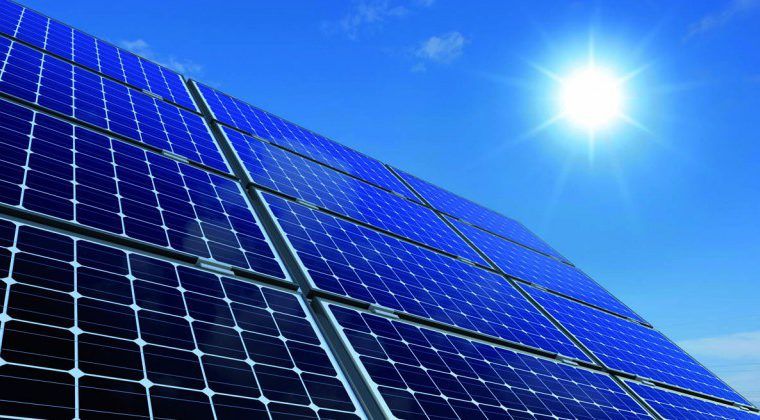It’s been a nail-biting year for alternative energy investors. There have been significant losses this year, following strong inflows in 2020. While the S&P 500 is up about 22% year to date, Lipper’s Equity Theme, Alternative Energy fund classification has fallen by 1%, with some funds dropping more than 20%.
This volatility has two elements. First, the macro. Over the long term, President Biden’s advocacy of a Green New Deal, similar moves by other governments, plus the urgency added by the recent IPCC report, are supportive. But all that spending is potentially inflationary, which puts pressure on rates.
Higher interest rates increase the cost of capital and decrease future cash flows. The small- and mid-cap stocks that make up much of this sector are highly sensitive to this, and this spooked investors earlier in the year. Simultaneously, oil and gas rebounded strongly on expectations of a broad post-COVID recovery, outperforming alternative energy over the course of this year.
[More: View the September 2021 Responsible Ratings Index]
The second element is down to how some alternative investment funds have been constructed. For example, the world’s largest alternative energy ETF, the iShares Global Clean Energy ETF, attracted $9.52 billion between Q4 2019 and Q2 2021. The underlying index was originally composed of 30 stocks, increased in April to more than 80. This will reduce volatility, but also dilutes exposure, as not all the additions are ‘pure play’ alternative energy.
Given the amount of money chasing assets in a still nascent sector, it’s hard to see how this isn’t an inevitable trade off, at least for now.
Alternative energy’s ascent and descent has been led by solar and wind stocks. However, this is not the only approach to alternative energy investment. For example, when the wind doesn’t blow and the sun doesn’t shine, you need batteries to store the energy, and this is an area attracting a lot of interest.
Other areas include hydrogen (although this, and the ETFs that access it, has also performed poorly this year), nuclear — such as via the VanEck Uranium+Nuclear Energy ETF — or the more exotic SPDR S&P Kensho Final Frontiers ETF, which invests in “companies driving innovation on exploration of deep space and deep sea”. To infinity and beyond…
One issue with much of this sector is the provenance of the raw materials. What alternative energy does ticks the ESG boxes, but what about those business that supply it? For example, onshore wind requires nickel in gearing and generator components.
Photovoltaic technology uses copper and zinc to convert solar energy into electricity, while cobalt is a key component of electric vehicle batteries. Some 60% of this comes from the Democratic Republic of the Congo, which is infamous for its poor labor practices. Nickel is used in wind turbines and rechargeable batteries, the main source of which is Indonesia, which itself has a somewhat chequered ESG record.
How, then, do you combine increasing supply of the elements that sustainable technologies rely on without contributing to poor environmental and social practices that are linked with their sourcing? This is an ongoing issue, highlighted by analysts and campaigns alike.
One solution could be the use of blockchain, as employed by the recently launched GPF Physical Nickel ETC to track the provenance of its nickel, with the aim of ensuring it is sourced from producers adhering to a base line of ESG standards. How effective this proves to be is too early to say, but it’s certainly an issue that needs addressing, and an innovative approach.
Dewi John is head of UK & Ireland research at Refinitiv Lipper.








